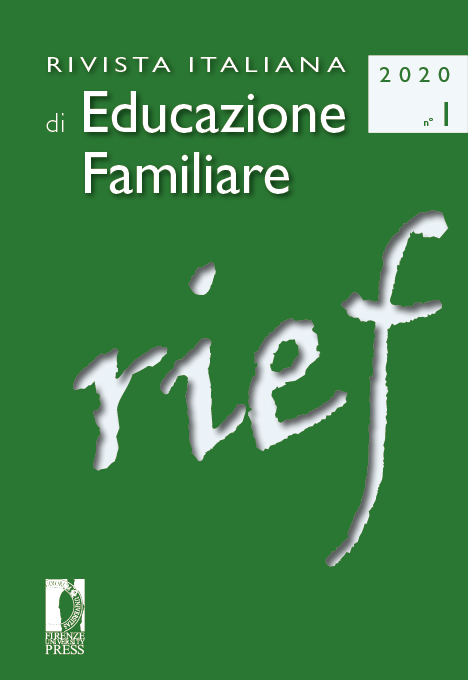Published 2020-06-20
Keywords
- corporal punishment,
- education,
- Italy,
- family,
- school
How to Cite
Abstract
The paper aims at exploring the risk of violence underneath some small and silent prac- tices (made by gestures, and words) within educational contexts, which can reasonably be considered as part of the general framework for corporal punishments (UN Com- mittee on the Rights of the Child, 2006). The attention is, indeed, focused on those daily practices – connected with the main routines, such as lunchtime, playtime, and the practices related to personal hygiene – which have a specific educational value in terms of respect and recognition of the dignity of the child. The essay therefore reconsid- ers these typologies of smallest gestures from the wider perspective of violence against children (Hamby, Grych, 2013), in order to discuss the connections that exist between violence and education (Biffi, Macinai, 2020), where humiliation and denigration of the child is considered as part of an unacceptable punishment that demonstrates how thin the border between violence and education can be (Schermi, 2016). Finally, the paper will take stock of the path towards the elimination of all corporal punishment, with a specific focus on the role of teachers training in preventing and fighting violence against children, beginning from the sharing of a coherent and respectful educational style, be- tween family and school.


